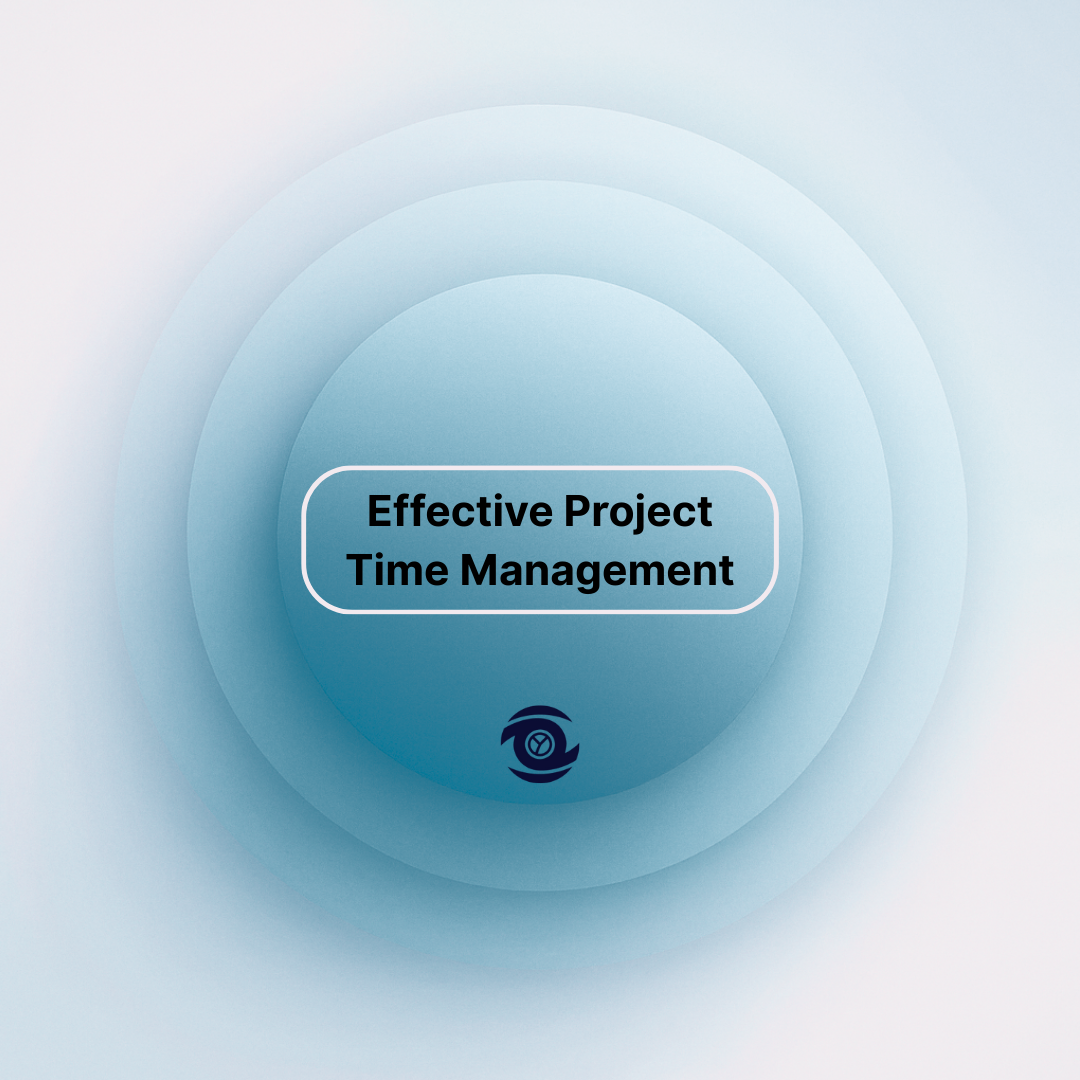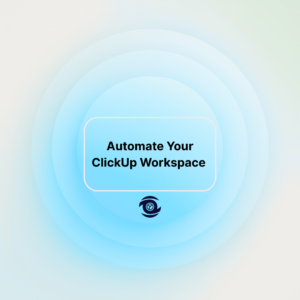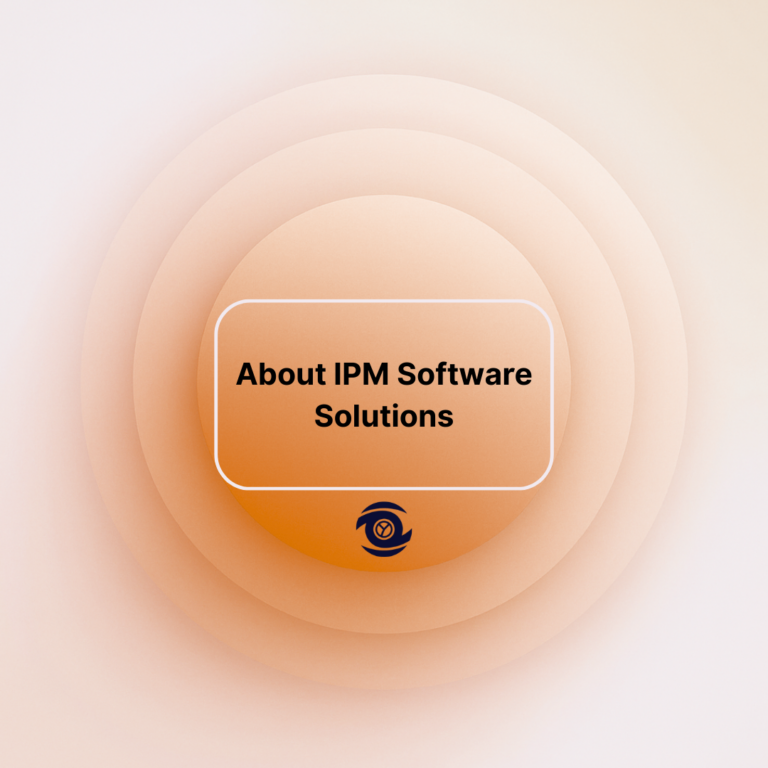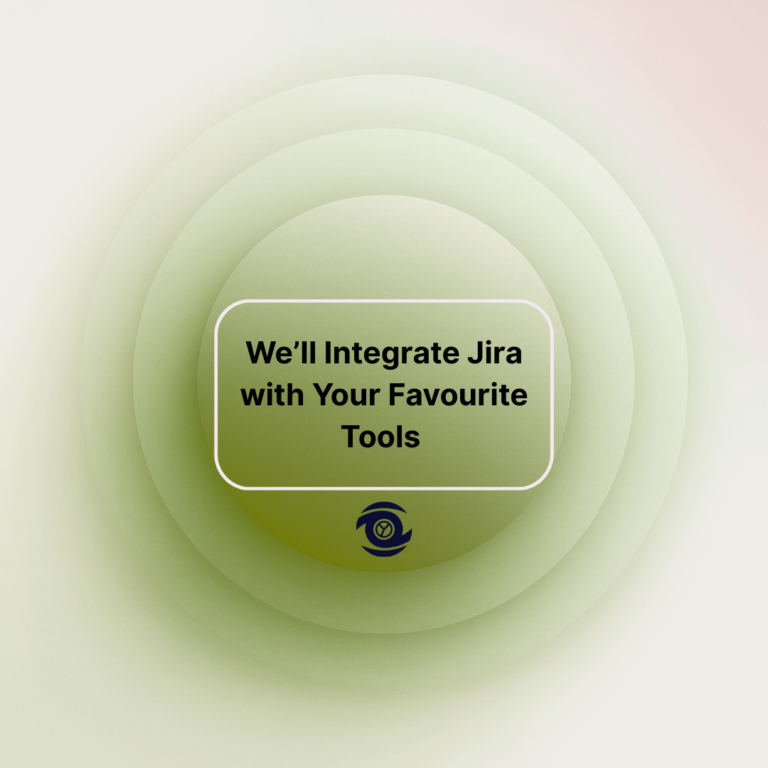In the complex realm of project management, effectively managing time is crucial for a project’s success. This blog post delves into the various aspects of project time management, providing insights into its processes, strategies, and tools. Readers will gain a comprehensive understanding of how to navigate this key component of project management effectively. Whether you’re a seasoned project manager or new to the field, this guide offers valuable resources and strategies, ensuring your projects are completed on time and within scope. Stay tuned as we explore the nuances of estimating, scheduling, and controlling project time, alongside an overview of timelines and the top tools to enhance your project time management skills.
Understanding Project Time Management
Project time management involves processes that ensure timely completion of a project. It encompasses various activities, including planning, scheduling, monitoring, and controlling timelines and project schedules. This element of project management is critical as it directly relates to the project’s delivery date, budget, and overall success. Effective time management allows teams to allocate the necessary resources and align tasks with project goals efficiently.
Understanding the importance of time management in a project setting establishes a foundation for avoiding delays and managing potential risks. It involves a systematic approach to identifying critical project tasks and allotting adequate time for their completion. This helps in minimizing time wastage and enhances productivity, ensuring that all project deliverables meet stakeholder expectations within the provided timeline.

The Process of Managing Project Time
- Estimating Project Duration
Estimating project duration involves predicting the time required to complete each task and the entire project. Various estimation techniques, such as analogous estimating , parametric estimating , and bottom-up estimating , are integral to forecasting efforts accurately. These techniques consider historical data, expert judgment, and project-specific details to generate realistic timelines.
Accurate duration estimation sets the stage for the subsequent scheduling phase. It helps in identifying the project’s critical path—a sequence of tasks essential for project completion. Overestimating or underestimating task durations can lead to project delays or resource underutilization, highlighting the need for precision in this initial step.
- Creating a Project Schedule
Once the duration is estimated, scheduling is the next step. Project scheduling lays out the timeline against which tasks and activities will unfold, using tools like Gantt charts and project calendars. These tools provide visual representations, enabling project managers to understand task dependencies, resource availability, and deadlines clearly.
Creating a detailed schedule ensures that all project activities are organized logically and efficiently. It aids in identifying potential bottlenecks and provides a blueprint for sequence and timing. A well-prepared schedule enhances communication among team members, stakeholders, and clients, ensuring everyone remains aligned with project timelines.
- Monitoring and Controlling Project Time
Monitoring and controlling time involves regular tracking and reviewing of project schedules to ensure adherence to planned timelines. This process involves utilizing performance metrics and timely reporting to compare actual performance against planned objectives. Tools such as project dashboards offer real-time data insights, enabling immediate corrective actions when delays occur.
Effective control mechanisms allow project managers to maintain schedule precision and address issues before they escalate. Variance analysis , a common approach, helps assess deviations from the original schedule, providing cues for necessary adjustments. Maintaining control over project time requires diligence and proactive engagement from project leaders.
Template for Project Timelines
Creating a template for project timelines provides a standard framework and reference for future projects. Templates provide consistency, allowing project teams to adhere to proven timelines and processes. They also ensure compliance with organizational protocols and reflect best practices in time management.
Effective templates incorporate crucial elements such as task names, start and end dates, resource assignments, and milestones. This creates a clear, visual timeline that guides the project from inception to completion. Using templates saves time in planning and offers a solid basis for analyzing and enhancing project schedules.
The Significance of Time Management in Project Management
Time management is a cornerstone of successful project management. It influences every phase of a project, from initiation to closure. Effective time management ensures that projects are delivered on schedule and within scope, which is critical to maintaining client trust and organizational reputation.
Beyond mere scheduling, time management facilitates optimal resource allocation , risk reduction , and improved team collaboration. An organization that prioritizes time management can handle complex projects more efficiently and adapt to changes swiftly, showcasing resilience and foresight in its project management practices.
Strategies for Effective Project Time Management
Implementing effective strategies is crucial to managing project time efficiently. One approach is to use agile methodologies , which enhance flexibility and responsiveness to changes. Agile methodologies embrace iterative development, enabling teams to adapt to evolving requirements without compromising the schedule.
Another strategy involves setting clear priorities using tools like the Eisenhower Matrix , which helps manage tasks by urgency and importance. Developing a robust communication plan also ensures that stakeholders are aligned with project timelines and aware of their roles in meeting deadlines.
Project Timeline Template Overview
Project timeline templates serve as blueprints for task sequencing and scheduling. They are essential tools for maintaining oversight of a project’s progress, helping to ensure consistency and cohesiveness in time management practices. Templates aid in identifying potential delays early, allowing managers to deploy mitigation strategies proactively.
Designed to be customizable, these templates accommodate various project needs and complexities. They enable project managers to input specific data, such as task dependencies and resources, creating a tailored schedule that aligns with project objectives and stakeholder expectations.

Top 10 Tools for Project Time Management
- Overview of Project Dashboards
Project dashboards provide a comprehensive view of real-time project data, displaying key metrics such as task completion rates, resource utilization, and timeline adherence. These dashboards enhance decision-making by offering intuitive insights at a glance.
Dashboards support monitoring and control , facilitating efficient tracking of project progress and helping teams to swiftly identify and resolve issues. They are interactive tools that allow managers to customize views and analysis for optimal project oversight.
- Utilizing Gantt Charts
Gantt charts are a foundational tool in project time management, offering visual representations of project schedules. These charts illustrate task durations, dependencies, and overall progress, serving as a dynamic interface for timeline management.
Using Gantt charts supports clear communication and stakeholder engagement , ensuring that everyone involved understands project timelines and their respective roles. These charts help in planning and execution, making them vital for effective project management.
- Understanding PERT Charts
PERT charts (Program Evaluation Review Technique) provide project managers with a graphical method to analyze the time required to complete each task. They depict task sequences, dependencies, and critical paths, optimizing project planning and risk assessment.
By visualizing uncertainties and diverse time estimates, PERT charts allow teams to prepare for various scenarios, improving the reliability of time predictions. This tool is valuable for complex projects where precise time estimation is challenging.
- Exploring CPM Charts
CPM (Critical Path Method) charts help identify crucial tasks that determine the overall project duration. By focusing on the longest path of dependent tasks, CPM charts allow for effective time management by optimizing critical tasks and reducing potential delays.
These charts aid in resource allocation and timeline optimization , providing strategic insights that guide project managers in reducing project completion time. CPM is especially beneficial for projects with multiple task dependencies.
- Applying the Eisenhower Matrix
The Eisenhower Matrix is a tool for prioritizing tasks based on urgency and importance. It distinguishes between tasks that are critical and those that can be delegated or delayed, enabling efficient use of time across project activities.
By establishing clear priorities, project managers can focus on high-impact activities, ensuring the efficient allocation of resources and adherence to project schedules. This matrix is key to streamlining tasks and preventing last-minute rushes.
- Using Timesheets Effectively
Timesheets facilitate meticulous tracking of actual time spent on project tasks. By providing data for workload analysis, timesheets enhance transparency and enable project managers to optimize resource allocation and productivity.
Effective use of timesheets helps in maintaining accountability within teams, providing insights into areas for improvement and ensuring that project timelines are not breached. They serve as informative tools for reviewing and refining project schedules.
- Charting Workload Management
Workload management charts visualize team capacities, depicting who is working on what tasks and allowing for adjustments to maintain balanced workloads. These charts prevent burnout and maximize productivity by distributing tasks evenly among team members.
By monitoring workloads, project managers can prevent over-allocation and ensure sufficient allocation of time for vital tasks. This tool is critical for maintaining team morale and ensuring timely project delivery.
- Developing a Time Management Plan
A time management plan encompasses strategies for handling project schedules, allocations, and contingencies effectively. It includes methodologies to identify critical paths, manage time-sensitive tasks, and function proactively against potential delays.
Developing such a plan empowers project teams to tackle challenges head-on, ensuring project continuity and punctual delivery. It integrates best practices in time management, fostering an environment of efficiency and success.
- Creating Project Time Management Reports
Project time management reports compile data on time utilization, efficiency metrics, and adherence to schedules. These reports help stakeholders to assess project performance and make informed decisions for continuous improvement.
By regularly updating reports, project teams uphold transparency and facilitate ongoing review of project timelines. This continuous documentation is pivotal for refining future project processes and elevating time management practices.
- Establishing a Schedule Baseline
Setting a schedule baseline involves defining the original plan against which project performance is measured. It provides a point of reference throughout the project lifecycle, enabling effective tracking of schedule deviations.
A precise baseline facilitates timely interventions, guiding project managers in implementing corrective actions and adjustments to keep the project on track. Establishing a baseline is essential for aligning project execution with strategic objectives.
Advantages of Successful Project Time Management
Successful project time management offers myriad benefits, including enhanced efficiency , accountability , and predictability in project delivery. On-time project completion reinforces organizational reputation and client satisfaction, resulting in long-term success.
Effective time management also supports cost control, reducing budget overruns by optimizing resource allocation and minimizing downtime. Projects that manage time effectively enjoy seamless processes and greater adaptability to changes and challenges.
Tips for Managing Project Time Effectively
To manage project time effectively, prioritize tasks using tools like Kanban boards and the Eisenhower Matrix , which help distinguish urgent tasks from important ones. Regularly update project timelines to reflect actual progress and address any delays promptly.
Encourage open communication within the project team to facilitate swift issue resolution and maintain focus on critical tasks. Utilize project management software that offers time-tracking and analytics to keep everyone aligned with project goals and timelines.
Plan Projects from Start to Finish Using Gantt Charts
Clickup provides a robust platform for project planning using intuitive Gantt charts. These charts simplify task scheduling, resource distribution, and timeline visualization, supporting comprehensive project management from start to finish.
Gantt charts offered by Clickup enable teams to manage complex timelines effectively, align resources with project objectives, and ensure complete transparency across project phases. This functionality is paramount for keeping projects on track.
Track Time Efficiently with Detailed Timesheets
Clickup allows teams to track time efficiently using detailed timesheets. This functionality helps monitor time investment across tasks, ensuring that projects adhere to planned schedules and uncovering areas for optimization.
By leveraging timesheet data, project managers can identify patterns in task execution, assist resource planning, and deliver accurate reports to stakeholders. This tool aids in managing time with precision and accountability.
Simplify Team Resource Management
Effective resource management is facilitated by Clickup, which offers insights into team capacities and workloads. This feature ensures balanced task assignments, prevents burnout, and maximizes productivity across the project lifecycle.
With its resource management capabilities, Clickup supports dynamic allocation and reallocation of resources, providing real-time data that drives informed decision-making and fosters successful project execution.
Additional Resources on Project Time Management
For those keen on expanding their knowledge of project time management, numerous resources are available. Online courses and certifications offer comprehensive overviews of tools and techniques essential to mastering this area of project management. Books, webinars, and industry reports also provide in-depth analyses and case studies, elaborating on real-world applications and lessons learned.
Engaging with the project management community through forums and professional networks can provide first-hand insights from seasoned practitioners. Participating in industry conferences can further augment understanding, offering opportunities for collaborative learning and professional development.
Summary of Key Points
| Component | Description |
| Project Time Management | Encompasses planning, scheduling, monitoring, and controlling timelines. |
| Estimating Duration | Involves predicting task and project completion times using various estimation techniques. |
| Creating a Schedule | Involves organizing task timelines, visualized through tools like Gantt charts and calendars. |
| Monitoring & Controlling | Ensures adherence to timelines with performance metrics and timely reporting. |
| Top Tools | Tools like Gantt, PERT, CPM charts, and timesheets enhance project time management. |
| Advantages | Improved efficiency, accountability, cost control, and stakeholder satisfaction. |
| Tips | Prioritize tasks, update timelines regularly, and leverage management software. |
FAQ
What is time management in project management?
Time management in project management is the process of organizing and planning how to divide your time among various project tasks and activities. The goal is to complete the project efficiently and on schedule by setting deadlines, prioritizing tasks, and ensuring that each part of the project receives the necessary attention within the available timeframe. This involves creating schedules, tracking progress, and adjusting as needed to keep the project on track.
What are the 5 P’s of time management?
The 5 P’s of time management are:
1. Purpose: Understanding why you are doing tasks and their importance.
2. Planning: Creating a roadmap to organize tasks effectively.
3. Prioritizing: Focusing on the most important tasks first.
4. Pacing: Managing the speed at which you work to maintain productivity.
5. Personalization: Adapting strategies that best suit your own working style and needs.
What are the seven 7 processes of project time management?
The seven processes of project time management are:
1. Plan Schedule Management: Establishes the policies, procedures, and documentation for planning, developing, managing, executing, and controlling the project schedule.
2. Define Activities: Identifies the specific tasks or activities that need to be completed to produce the project deliverables.
3. Sequence Activities: Determines the order in which the activities should be performed and identifies dependencies between them.
4. Estimate Activity Durations: Assesses how long each activity will take to complete, considering resource availability and any constraints.
5. Develop Schedule: Combines all activity information to create a project timeline with start and end dates for each activity.
6. Control Schedule: Monitors the status of the project schedule and manages any changes to the schedule baseline to ensure timely project completion.
7. Estimate Resources: Determines what resources (people, equipment, materials) and in what quantities are required to perform project activities.
These processes help ensure that a project is completed on time and within scope.
What are the 4 P’s of time management?
The 4 P’s of time management are:
1. Prioritization: Deciding what tasks are most important and need to be done first.
2. Planning: Creating a schedule or plan to organize your tasks effectively.
3. Pacing: Setting a comfortable speed for completing tasks to avoid burnout.
4. Protection: Guarding your time by minimizing distractions and interruptions.








